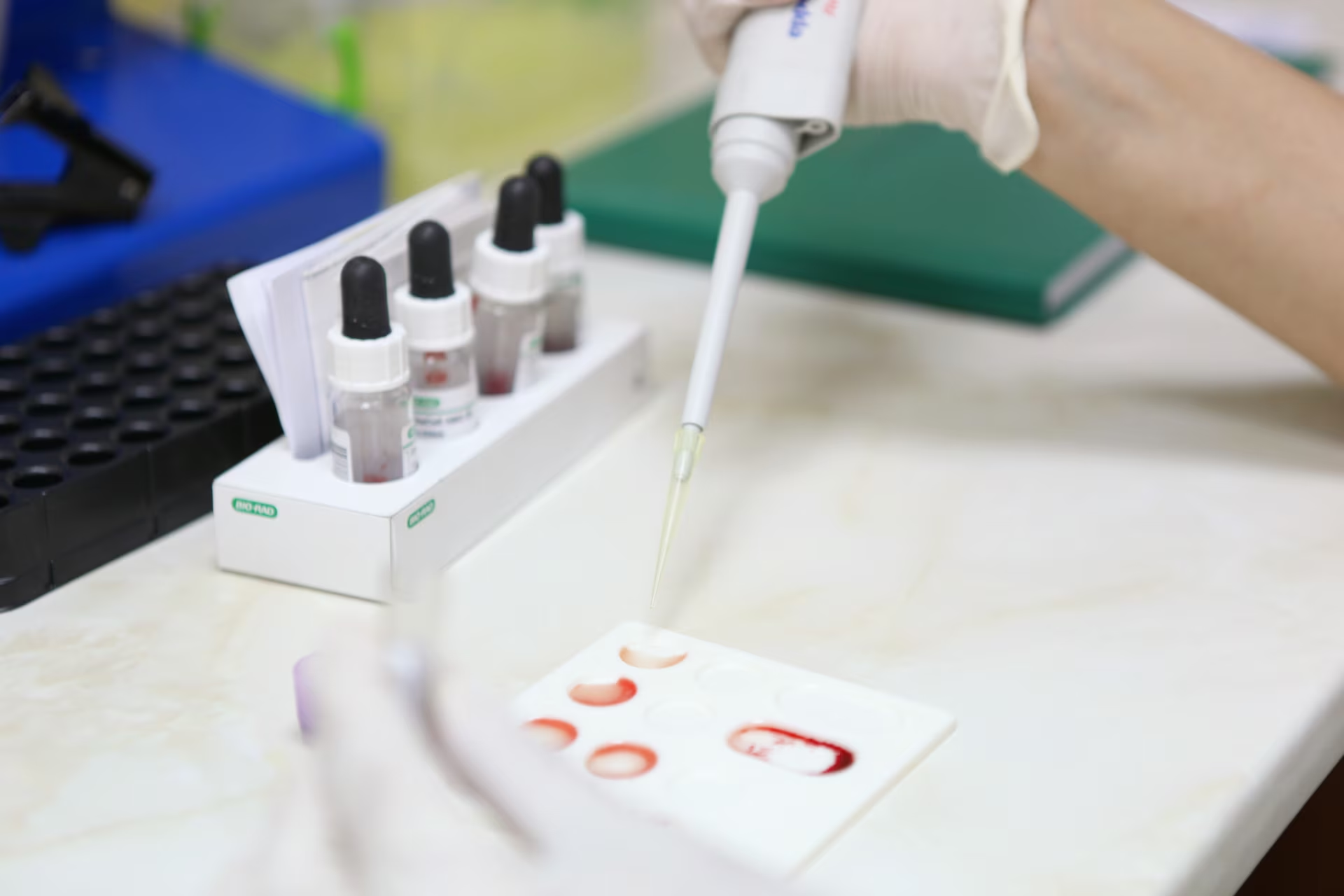The Lumipulse G pTau217/ß-Amyloid 1-42 Plasma Ratio test, the first diagnostic blood test designed to aid in the evaluation of Alzheimer’s disease (AD), has been cleared by the US Food and Drug Administration (FDA).
The Lumipulse G pTau217/ß-Amyloid 1-42 Plasma Ratio test (Fujirebio Diagnostics, Inc., Malvern, PA, USA) represents a major advancement in AD diagnostics, offering a less invasive and more accessible approach to identifying amyloid pathology in the brain. The test will be available for adults aged 55 years and older presenting with cognitive impairment, and may assist in determining the presence of amyloid plaques when used alongside clinical evaluation.1
AD is the leading cause of dementia and a growing public health challenge, currently affecting an estimated 55 million people worldwide.2 The disease is marked by the accumulation of amyloid plaques and tau tangles in the brain, leading to irreversible cognitive impairment. Early and accurate diagnosis is essential to guide clinical care, yet remains challenging due to the invasive nature of current diagnostic methods.3
Speaking on the clearance, Martin A. Makary, FDA commissioner, said in a statement. “Knowing that 10% of people aged 65 and older have Alzheimer’s, and that by 2050 that number is expected to double, I am hopeful that new medical products such as this one will help patients”. 4
Clinical validation and study results
FDA clearance was supported by a multicentre clinical study that evaluated 499 individual plasma samples from adults who were cognitively impaired. Of the individuals who tested positive with the Lumipulse G pTau217/β-Amyloid 1–42 Plasma Ratio test, 91.7% were confirmed to have amyloid plaques present by either a positron emission tomography (PET) scan or cerebrospinal fluid (CSF) test. Among those with negative results, 97.3% had no evidence of amyloid pathology. Fewer than 20% of the 499 patients tested received an indeterminate Lumipulse G pTau217/β-Amyloid 1–42 Plasma Ratio result.1
The FDA noted that the test is not intended to establish a definitive diagnosis of AD or predict the development of the disease in individuals without clinical symptoms. However, it may be used in conjunction with other diagnostic evaluations to support clinical decision-making in individuals with signs of cognitive decline.1
Potential risks with the Lumipulse G pTau217/ß-Amyloid 1-42 Plasma Ratio are the possibility of false positive and false negative test results. False positive results could lead to a misdiagnosis or treatment that isn’t needed, which could potentially result in psychological distress, delay in receiving the correct diagnosis, cost implications, and the risk for adverse effects from a given treatment.1,4
Clinical implications and future outlook
The approval of the Lumipulse G pTau217/β-Amyloid 1-42 Plasma Ratio test is significant in expanding access to AD diagnostic tools beyond specialized imaging centres and lumbar puncture procedures. PET imaging and CSF testing, although accurate, are limited by cost, availability, and invasiveness. The ability to assess amyloid pathology using a blood test could reduce diagnostic delays and support earlier clinical intervention.1,4
Importantly, the test could also streamline patient identification for amyloid-targeting therapies such as lecanemab (Leqembi®; Eisai Co., Ltd., Tokyo, Japan and Biogen Inc., Cambridge, MA, USA) and donanemab (Kisunla™; Eli Lilly and Co., Indianapolis, IN, USA), which require confirmation of amyloid pathology before use.4
Speaking on the approval and clearance, Michelle Tarver, Center for Devices and Radiological Health Director said in a statement “Today’s clearance is an important step for Alzheimer disease diagnosis, making it easier and potentially more accessible for US patients earlier in the disease”. 4
Editor: Katey Gabrysch, Editorial Director.
Disclosures: This article was created by the touchINFECTIOUS DISEASES team utilizing AI as an editorial tool (ChatGPT (GPT-4o) [Large language model]. https://chat.openai.com/chat.) The content was developed and edited by human editors. No funding was received in the publication of this article.
Cite: First diagnostic blood test for early Alzheimer’s cleared by FDA. touchNEUROLOGY. May 20, 2025.
References
- US Food and Drug Administration. FDA clears first blood test used in diagnosing Alzheimer’s disease. 2025. Available at: www.fda.gov/news-events/press-announcements/fda-clears-first-blood-test-used-diagnosing-alzheimers-disease (accessed 19 May 2025).
- Alzheimer’s Disease International. Dementia statistics.
2020. Available at: https://www.alzint.org/about/dementia-facts-figures/dementia-statistics/ (accessed - Alzheimer’s Association. Alzheimer’s disease facts and figures. 2025. Available at: May 2025). www.alz.org/media/Documents/alzheimers-facts-and-figures-2025.pdf (accessed 19 May 2025).
- AJMC. FDA Clears First Blood Test for Early Detection of Alzheimer-Linked Amyloid Plaques. 2025. Available at: https://www.ajmc.com/view/fda-clears-first-blood-test-for-early-detection-of-alzheimer-linked-amyloid-plaques (accessed 20 May 2025).
Register now to receive the touchNEUROLOGY newsletter!
Don’t miss out on hearing about our latest peer reviewed articles, expert opinions, conference news, podcasts and more.











